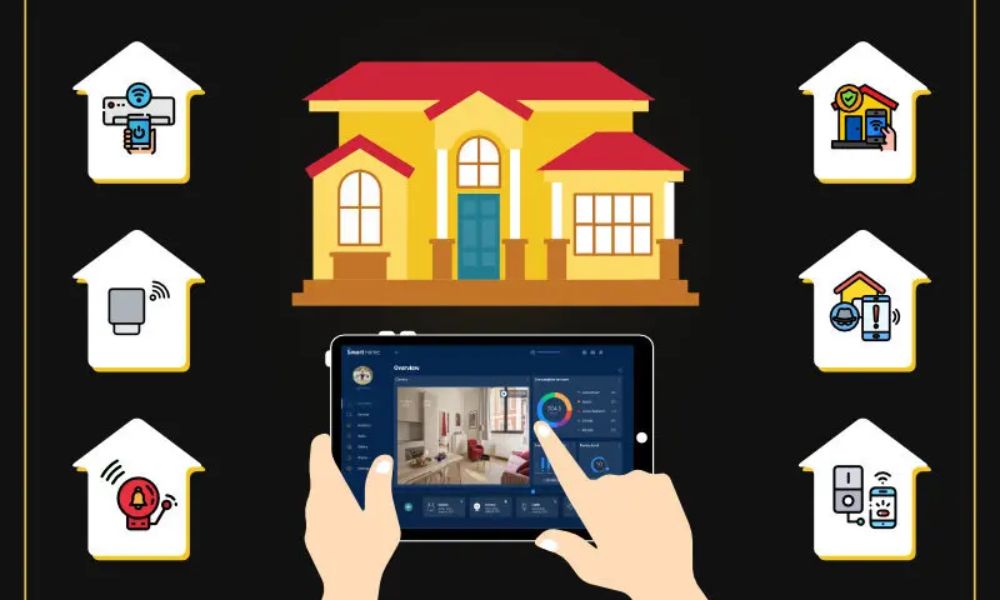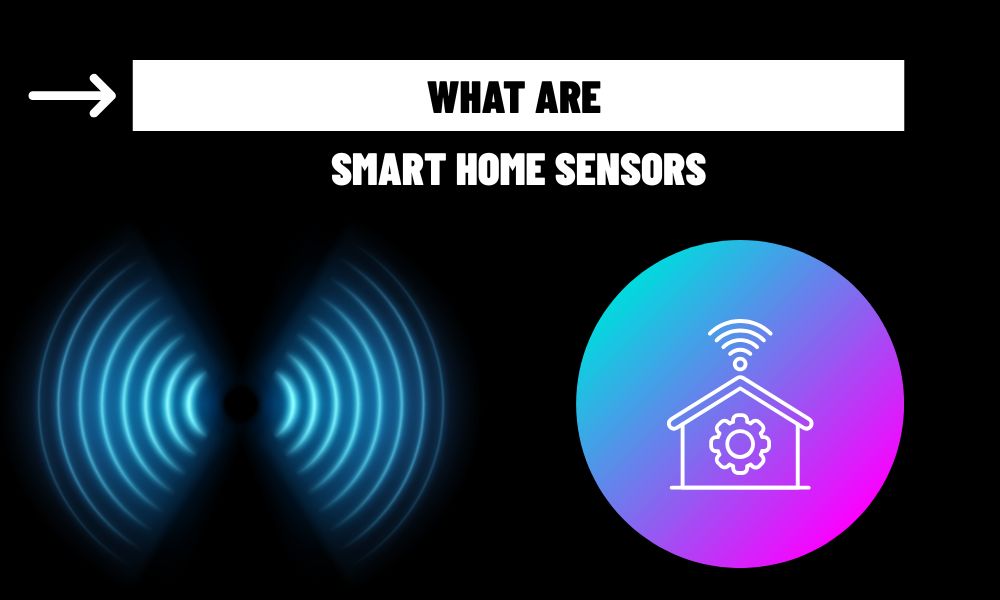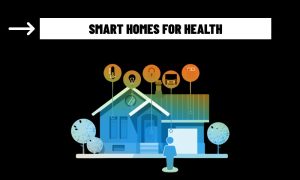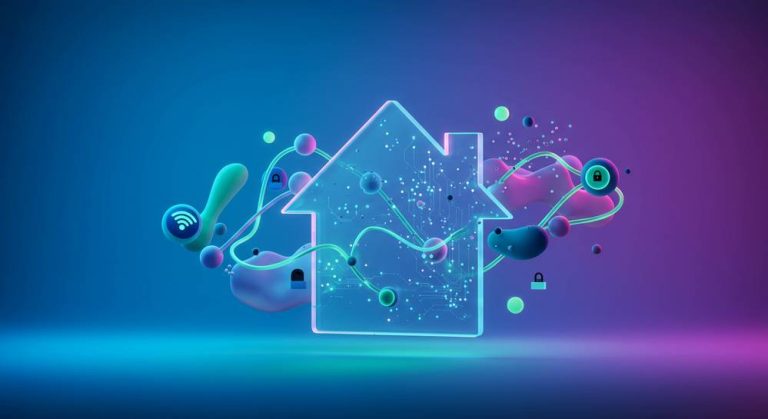Sensors are the backbone of smart home technology, enabling devices to perceive and respond to their environments. From motion detectors in security systems to temperature sensors in thermostats, these components drive automation, enhance efficiency, and improve user comfort. This article explores the types of sensors used in smart homes, their applications, benefits, and the future of sensor-driven home automation.
Types of Smart Home Sensors
Smart homes rely on a variety of sensors, each designed for specific functions:
Motion Sensors: Detect movement to trigger lights, alarms, or cameras. Passive infrared (PIR) sensors, commonly used in Philips Hue motion detectors, sense heat changes from moving objects.
Temperature Sensors: Monitor ambient conditions for climate control. Smart thermostats like Google Nest use these to optimize heating and cooling.
Light Sensors: Measure ambient light levels to adjust smart blinds or lighting, as seen in Lutron’s automated shades.
Humidity Sensors: Track moisture levels to prevent mold or adjust air conditioners, often integrated into devices like Ecobee thermostats.
Contact Sensors: Detect when doors or windows open/close, enhancing security in systems like Ring Home.
Smoke and Carbon Monoxide Sensors: Alert users to fire or gas hazards, with smart versions like First Alert Onelink sending mobile notifications.
Leak Sensors: Identify water leaks to prevent damage, as in Flo by Moen’s water shutoff system.

Applications in Smart Homes
Sensors enable a range of smart home functionalities:
Automation: Motion sensors trigger lights when entering a room, while temperature sensors adjust HVAC systems for energy savings.
Security: Contact and motion sensors detect unauthorized entry, activating alarms or cameras. For example, Arlo cameras use PIR sensors for motion-based recording.
Energy Efficiency: Light and temperature sensors optimize electricity usage, reducing bills by up to 20-30% in some cases, as seen with smart lighting systems.
Health and Safety: Smoke, CO, and leak sensors provide early warnings, protecting residents and property.
Comfort: Humidity and light sensors create personalized environments, such as adjusting blinds for optimal natural light.
How Sensors Work?
Most smart home sensors operate by:
- Data Collection: Sensors capture environmental data (e.g., motion, temperature) using technologies like infrared, ultrasonic, or electrochemical detection.
- Data Transmission: Sensors send data to a central hub or cloud platform via protocols like Wi-Fi, Zigbee, or Z-Wave.
- Processing and Action: A smart home system or AI processes the data to trigger actions, such as turning on a fan if humidity rises.
- For instance, a Samsung SmartThings motion sensor uses Zigbee to communicate with a hub, which then activates connected devices based on user-defined routines.
Benefits of Sensor-Driven Smart Homes
Convenience: Automated responses reduce manual intervention, streamlining daily tasks.
- Cost Savings: Energy-efficient sensors lower utility costs, while leak sensors prevent costly water damage.
- Enhanced Security: Real-time alerts from motion or contact sensors improve home safety.
- Scalability: Sensors integrate easily into expanding IoT ecosystems, supporting additional devices.
Challenges
Despite their advantages, smart home sensors face challenges:
- False Positives: Motion sensors may trigger due to pets or shadows, requiring advanced AI to filter noise.
- Privacy Concerns: Sensors collecting occupancy or behavioral data raise risks if hacked, necessitating robust encryption.
- Power Dependency: Battery-powered sensors need regular maintenance, though low-power protocols like Zigbee extend lifespan.
- Interoperability: Sensors from different brands may not work seamlessly, though standards like Matter aim to resolve this.
Future Trends
The future of smart home sensors is bright, with innovations including:
Multi-Sensor Devices: Compact units combining motion, light, and temperature sensors for comprehensive monitoring, as seen in Aqara’s upcoming hubs.
AI-Enhanced Sensors: Machine learning improves sensor accuracy, such as distinguishing between residents and intruders in security systems.
Energy Harvesting: Sensors powered by ambient light or kinetic energy, reducing battery reliance, are emerging in prototypes.
Health Monitoring: Advanced sensors will track air quality or vital signs, integrating with wearables for holistic wellness, as explored by companies like Withings.
Sensors are the unsung heroes of smart homes, enabling automation, security, and efficiency through real-time environmental awareness. While challenges like privacy and interoperability persist, advancements in AI, multi-sensor designs, and connectivity standards promise to overcome these hurdles. As sensor technology evolves, smart homes will become more intuitive, sustainable, and tailored to individual needs, redefining modern living.















